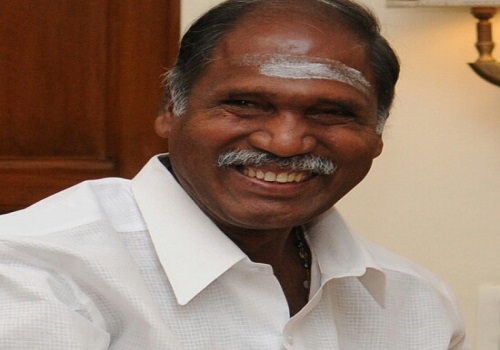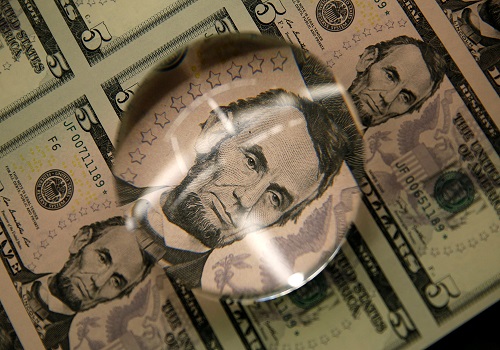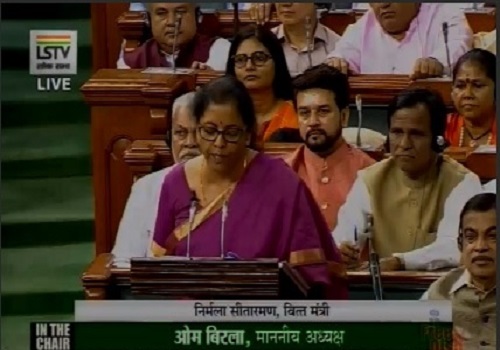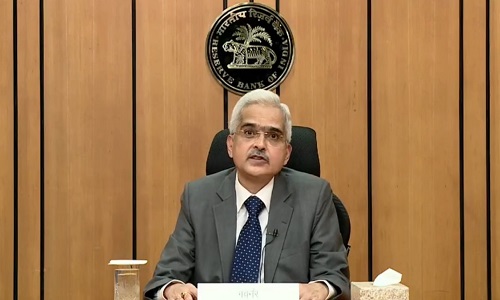The Economy Observer : Profits and Investments: What drives what? By Motilal Oswal Financial Services Ltd
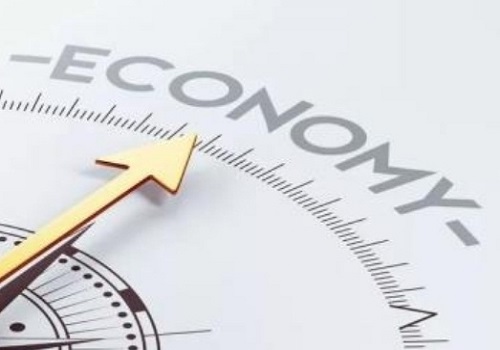
Follow us Now on Telegram ! Get daily 10 - 12 important updates on Business, Finance and Investment. Join our Telegram Channel
https://t.me/InvestmentGuruIndiacom
Download Telegram App before Joining the Channel
Profits and Investments: What drives what?
Global investments have failed to match the rise in profitability in the 21st century
* Over the years, the financial fraternity is deeply engrossed in finding a suitable answer to the quintessential conundrum of Profits and Investments: What drives what? Our analysis in this report tries to seek the most suitable answer to this riddle.
* Corporate profitability (CP) across the globe has witnessed a renewed vigor post-COVID. This has led to a narrative that capex revival is imminent. However, in this note, we discuss that while higher investments certainly lead to higher profits, the relationship may not hold the other way round. Using global* data for the past four decades, we present evidences of this flawed argument. Higher CP failed to lead to higher investments during the past three decades, and is unlikely to change in the 2020’s decade too.
* Global CP (ex-China) increased from 5.1% of GDP in the 1980s to 5.9% in the 1990s to 7.8% in the 2000’s decade and further to 8.7% of GDP in the 2010’s decade. Simultaneously, global investments (ex-China) declined from 24.7% of GDP to 23.9% to 23.1% and further to 22.3% of GDP during the corresponding decades. More importantly, corporate investments declined almost continuously from 15% in the 1980s to 13.5% of GDP in the 2000’s decade and increased only slightly to 13.7% in the 2010’s decade.
* CP in an economy has four key drivers – a) investments, b) household savings, c) government deficit and d) current account balance (CAB)#. If investments drive profits higher, there is a good probability that a virtuous cycle be created and higher profits will drive higher investments. Nevertheless, if higher profitability is driven by lower household savings (as was the case in the 2000’s decade) or higher government deficit/CAB (as during the 2010’s decade), it may fail to lead to higher corporate investments.
* Overall, higher investments certainly lead to higher profits. However, they are driven by profit expectations, which, in turn, are dependent on the economic environment. Therefore, like the past three decades, even if profits stabilize at high levels, say 8-9% of GDP in the 2020’s decade, it is unlikely to lead to the capex cycle.
* Limited data suggests that global CP recovered strongly to all-time high of 9.2% of GDP in CY21, as higher fiscal deficits more than offset higher household savings. Still, while corporate investments weakened, better household investments – primarily residential real estate – only partly supported total investments.
* Going forward, as the governments across the world follow fiscal consolidation and the environment of rising interest rates and monetary tightening definitely bring down household investments, it is not clear if corporate investments will rise sufficiently to help total investments move higher. Similarly, normalization in HH savings may offset lower fiscal deficit. Global CP, thus, will largely depend on corporate, and thus, total investments.
* The findings, however, change if we include China in our global numbers. While profitability rose at a slower pace, global investments spiked in the 2010’s decade, led by the corporate sector. This was almost entirely driven by China. While the share of investments to China’s GDP has risen to 44% in the recent decade from 34% in the 1970s, it has declined continuously from 28% to 23% during the corresponding decades for the rest of the World. Consequently, notwithstanding its commitment to move away from investments, the share of China in global investments has risen to 29% in CY21, up from 20% a decade ago and just 5% at the turn of the century.
* Therefore, a view on China’s investment cycle is very important to determine global capex recovery. Global investments, ex-China, have fallen gradually over the past five decades, and there are no reasons to believe that it will change in the 2020’s decade. It is very likely for China to reduce its dependence on investments at a gradual pace in the coming decades.
* What does it mean for India? Unlike several advanced economies, notwithstanding a strong improvement in the financial position of listed companies, aggregate CP has fallen in India in FY21/FY22 because of deterioration in the much larger unlisted corporate sector. Since the latter accounts for ~38% of India’s investments, ~3x of that of the listed corporate sector, it is very difficult to imagine a revival in India’s corporate capex cycle unless the financial position of the large unlisted corporate sector improves substantially.
To Read Complete Report & Disclaimer Click Here
For More Motilal Oswal Securities Ltd Disclaimer http://www.motilaloswal.com/MOSLdisclaimer/disclaimer.html SEBI Registration number is INH000000412
Above views are of the author and not of the website kindly read disclaimer

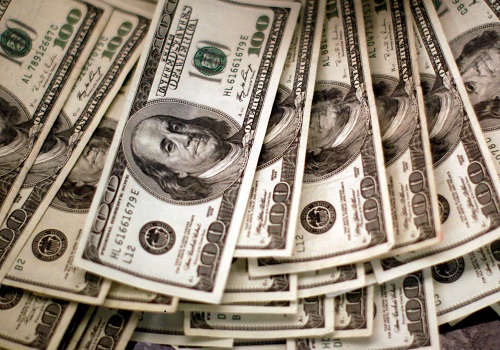



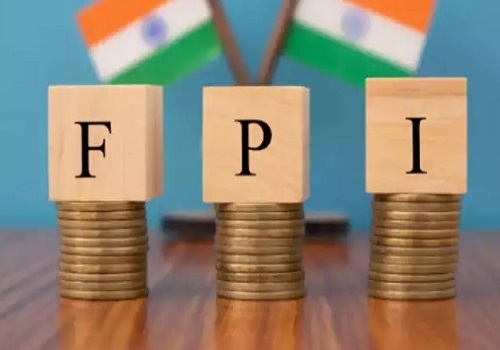


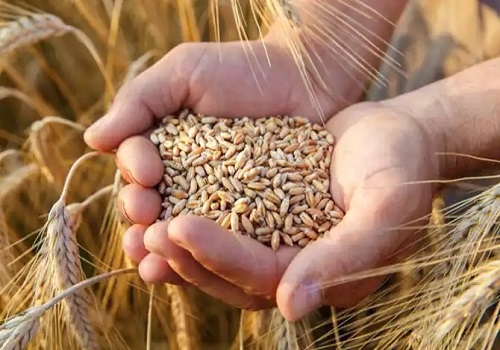
Tag News

Monthly Debt Market Update, September 2023: CareEdge Ratings





